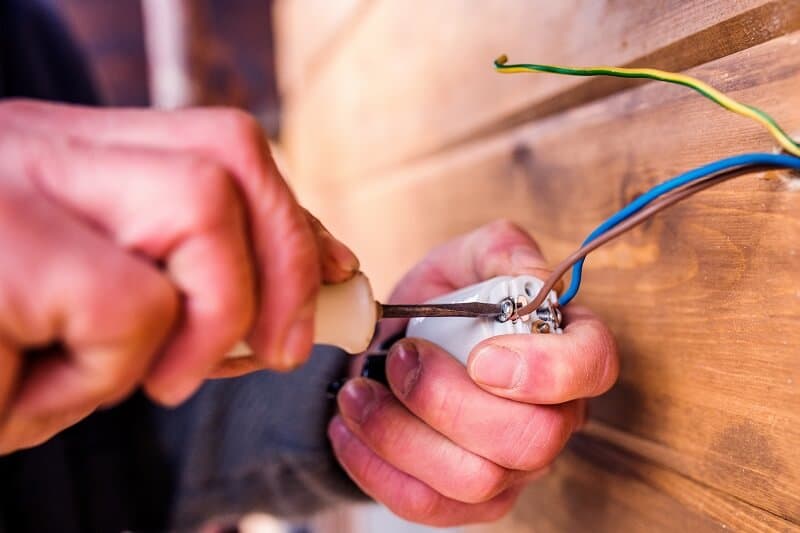
This is where troubleshooting comes in. Troubleshooting is a process where we analyze the problem to determine what is wrong. This involves gathering information about the problem to determine what might have caused it and then figuring out how to get it to work again.
It’s a really good idea to have a solid troubleshooting plan when issues arise. We sometimes like to jump right into fixing the issue when it’s best to take a step back, analyze the issue, and then proceed with fixing it. The more information we have about the issue at hand, the better we will be able to fix it.
There are seven basic steps when it comes to troubleshooting electrical issues. We will discuss them below but it should be noted that working with any type of electrical components can be dangerous if you do not know what you are doing. Please contact a professional electrician if you have concerns about the issues you are facing.
Gathering Information
The first step to troubleshooting is to gather information about the problem that has arisen. The more information, the better. Before jumping in and trying to take apart the fixture or unscrewing every outlet cover in your home, take a step back to see where the problem truly lies. See how the fixture is supposed to work. Read the manual if you still have it or search for it online. Know every aspect of the problem before you start to fix it.
Understand Issues
Know what the issue is and how it is affecting your electrical system. After gathering information to know how things are supposed to work and then seeing what has gone wrong, you can more easily fix the issue.
Identify Measurements
Learn what you can measure so you can better see what has gone wrong. Are there any tools you can use to help you measure the temperature or the voltage around your issue? Use these tools to better help you solve the problem.
Identify the Source
Once are you done figuring out what the issue is, find the source of the problem.
Fix It
As soon as you know what is causing the problem you will be able to fix it. Once you have fixed it, try to restart your electrical system and use it as you normally would. If everything is working fine again, great – you fixed the problem! If not, there may have been something else wrong. You need to being troubleshooting again.
Determine What Caused The Problem
The final step of troubleshooting is here to ensure that the issue does not happen again. You must determine what caused the problem to ensure it does not occur again. If you truly have found the cause, this should be an easy step.
Troubleshooting might seem like a hard task to take on but can be very beneficial in the end. To know you have completed the steps to ensure the issue will not happen again can feel great. Be sure to consult with an electrician if things get sticky – they are trained professionals who have probably seen issues like yours time and time again. They might even be able to fix your problem in less than an hour!
Elcon Electric of South Florida is proud to provide troubleshooting services to the people in and around South Florida. For over 25 years, we have been providing expert electrical services all over the area. We are proud to give out free estimates and electrical advice. Please call our office at (800) 446-8915.

